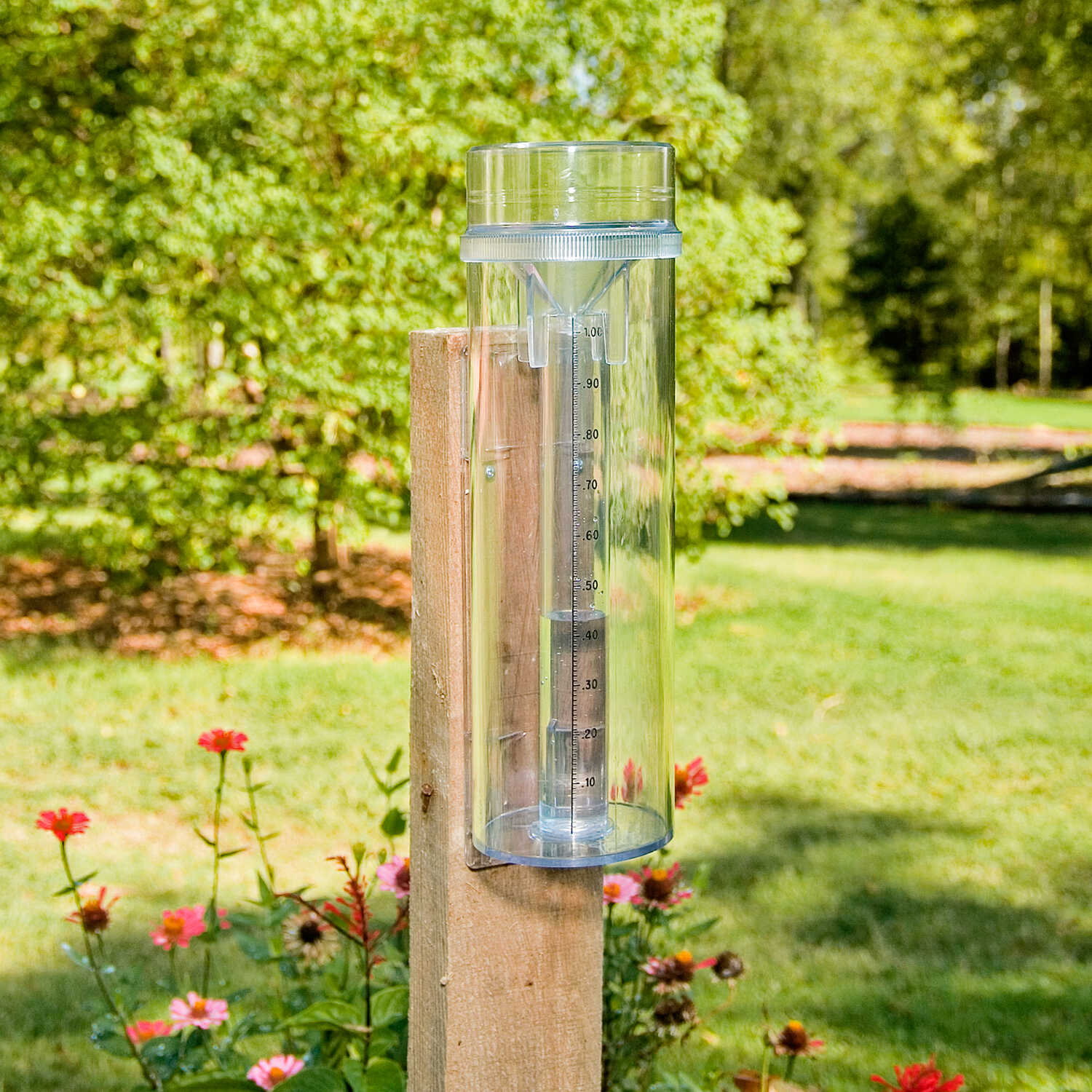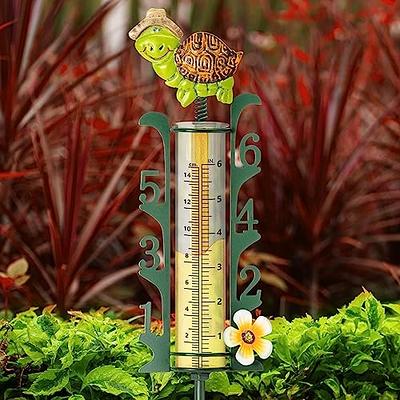Your Go-To Resource on The Rain Gauge: Benefits and Practical Applications
Your Go-To Resource on The Rain Gauge: Benefits and Practical Applications
Blog Article
Exactly How to Select the Right Rainfall Scale for Accurate Rain Information
Exact rainfall information is crucial for numerous industries and tasks, such as water, farming, and meteorology source administration. To get trustworthy dimensions, it is vital to choose the ideal rain scale. This overview intends to offer valuable understandings right into the option process, enabling you to make informed decisions. Considering factors such as area, kind, and accuracy of the rain scale will certainly help guarantee accurate data collection. In addition, recognizing the upkeep and calibration procedures will certainly add to the durability and reliability of your rainfall gauge. By adhering to these standards, you can guarantee accurate rains data, allowing far better decision-making and planning for various applications.
Significance of Picking the Right Rain Gauge
The importance of choosing the right rain gauge exists in obtaining specific and trusted rainfall information for exact meteorological evaluation. Rain data is crucial for a vast array of applications, including climate forecasting, hydrological modeling, and climate study. Unreliable or imprecise data can bring about incorrect verdicts and flawed decision-making processes.

Secondly, the accuracy and accuracy of the rainfall gauge are extremely important. The gauge should have the ability to determine rainfall with high accuracy, capturing also small quantities of rainfall properly. It ought to likewise minimize errors as a result of dissipation, wind, and various other environmental elements. Regular calibration and maintenance are necessary to make certain continuous accuracy.
Additionally, the location and installation of the rainfall gauge are crucial factors to consider. It must be put in an open area, far from blockages that could impact rainfall dimensions. The scale must be positioned at a proper height and angle to prevent spilling and make sure proper catchment of rainwater.
Variables to Think About When Picking a Rain Scale
When picking a rainfall scale, there are several key elements to think about. There are various kinds readily available, including basic rain determines, tipping bucket rain gauges, and weighing rain assesses.
An additional factor to consider is the material of the rain gauge. Rainfall determines can be made of different materials, such as metal, plastic, or glass. The product chosen must be sturdy and resistant to weather conditions, making certain that the rain scale will certainly hold up against the aspects and provide precise dimensions in time.
Precision is also a critical factor to think about. Search for rain determines that have actually been calibrated and evaluated for precision. Attributes such as anti-splash rings and funnels can likewise enhance the accuracy of the measurements.

Lastly, take into consideration the climate and atmosphere in which the rain gauge will be utilized. Various rainfall determines are appropriate for various climates, so it is essential to choose one that is ideal for the conditions in your area.
Various Sorts Of Rain Determines Available
To additionally explore the aspects to take into consideration when choosing a rainfall scale, it is necessary to understand the different sorts of rainfall evaluates offered. There are numerous types of rain assesses, each with its very own advantages and downsides. One of the most usual type is the typical rain gauge, likewise recognized as the round rain gauge. This type is composed of a straight-sided round container with a funnel-shaped top. It is straightforward to use and visit here offers precise dimensions of rains.
One more sort of rain gauge is the tipping container rain scale. This gauge uses a seesaw-like system to collect and determine rainfall. As the rain falls into the gauge, it loads up one side of the bucket, causing it to tip and empty the water. The number of suggestions is counted electronically to determine the quantity of rainfall. Tipping bucket rain determines are preferred for their accuracy and ability to gauge rainfall intensity.
A third type of rain gauge is the evaluating rainfall scale. This scale uses an equilibrium system to measure the weight of the collected rainfall. As the rain comes under the gauge, it is collected in a container connected to a balance. The weight of the water is gauged, and the rains quantity is computed based upon the weight. Weighing rainfall evaluates are extremely accurate but can be more costly and require normal maintenance.
Finally, there are likewise remote rainfall evaluates that usage progressed technology to gauge rainfall (The Rain Gauge). These assesses use sensing units and transmitters to send data wirelessly to a main device. Remote rainfall gauges are convenient for keeping an eye on rainfall in hard-to-reach locations or for massive information collection
Exactly How to Establish the Accuracy of a Rainfall Scale
One means to evaluate the precision of a rainfall scale is by conducting routine calibration measurements. Calibration involves contrasting the readings of a rain gauge to a typical dimension, such as a qualified rain gauge or a climate terminal with high precision. By comparing the measurements, any disparities or errors in the rainfall scale can be identified and accounted for.
To perform a calibration dimension, beginning by collecting rainfall data from both the rain gauge and the common dimension gadget over a details period, such as a month. After that, contrast the analyses and compute the distinction in between them. This distinction is understood as the calibration mistake.
It is very important to keep in mind that calibration dimensions must be done consistently, as ecological variables, such as wind, temperature level, and debris, can impact the accuracy of the rain scale with image source time. By performing routine calibrations, any changes in the precision of the rain scale can be identified and changes can be made appropriately.
In addition to calibration, it is additionally recommended to tidy and preserve the rain scale regularly to ensure its precision. Eliminate any particles or blockages that may impact the precision of the dimensions, and look for any kind of indications of damages or use that might require fixings or replacement.
Tips for Preserving and Calibrating Your Rainfall Gauge
Routine maintenance and calibration are important for guaranteeing the accuracy and integrity of your rain scale in measuring rainfall information (The Rain Gauge). By following a couple of simple ideas, you can ensure that your rain scale is properly preserved and adjusted
Firstly, it is very important to cleanse your rain gauge consistently to avoid any kind of particles or dirt from obstructing the rainfall collection device. Use a soft brush and a moderate cleaning agent to gently clean up the within and beyond the gauge. Rinse it extensively with clean water and allow it to completely dry entirely before reinstalling it.
Second of all, it is recommended to calibrate your rainfall scale at least yearly. Calibration includes contrasting the dimensions of your rainfall gauge with those of a trusted and exact reference gauge. This will certainly aid you recognize and correct any potential errors in your rain gauge's measurements.
To calibrate your rain gauge, gather a recognized volume of water utilizing a gauging container and contrast it with the dimensions videotaped by your rainfall scale. Readjust the analyses accordingly to ensure accuracy.

Final Thought
Finally, selecting the appropriate rainfall gauge is essential for obtaining exact rainfall data. When picking a rainfall gauge, factors such as purpose, area, and budget plan must be considered. There are numerous sorts of rainfall assesses readily available, each with their very own advantages and limitations. It is very important to on a regular basis preserve and calibrate your rainfall gauge to ensure its precision. By following these standards, exact rainfall information can be gotten for different applications.
There are different kinds available, including conventional rainfall evaluates, tipping bucket rainfall gauges, and considering rainfall assesses.To additionally discover the variables to think about when picking a rainfall scale, it is vital to understand the various kinds of rain gauges available. The most usual kind is the standard rainfall gauge, additionally understood as the i was reading this cylindrical rainfall scale.One more kind of rainfall scale is the tipping bucket rainfall gauge. Calibration includes comparing the readings of a rain gauge to a standard dimension, such as a qualified rainfall gauge or a weather terminal with high precision.
Report this page